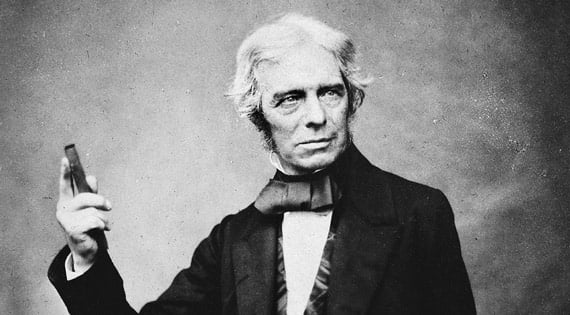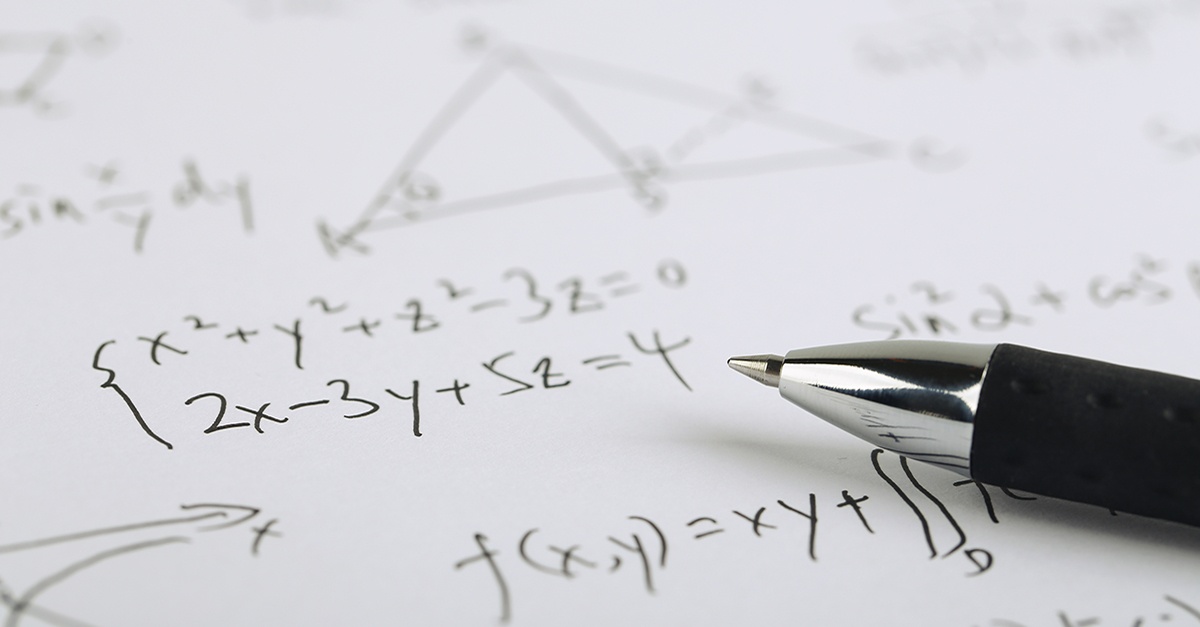In 2015, the AP Physics Exam experienced significant changes. AP Physics B was split into two exams and two courses: AP Physics 1 and AP Physics 2. In addition, the amended approach emphasizes the processes of scientific inquiry and reasoning, experimental design and working symbolically. As shared in a previous Expert TA blog, the number of students who took the AP Physics exam doubled in 2015, but the percentage of students who scored a 3 or higher (and therefore received college credit) declined from 59.7% in 2014 to 39.2% in 2015. Examination of score distribution data from the College Board shows that the number one reason for the decline in passing scores in 2015 was lack of sufficient preparation for the free response questions.
Students are not getting enough practice with solving problems symbolically, which is a big part of the exam. In the free response section, test takers are asked to show all their work, and as stated in the course and exam description from The College Board, even correct answers may not receive full credit if supporting information is insufficient. This supporting information almost always includes fundamental symbolic relationships and equations. Preparation Material for the exams should not just require students to regularly deal with symbolic expressions, but should also continually reinforce the problem solving process. This gives students the opportunity to think about why a given equation is important within the context of a specific problem.
We believe that many homework platforms are not properly preparing students for exam day, because they simply ask a student to provide a final numeric value. However, to fully understand the material, and do well on the AP Physics exams, it’s important to know and show the process of arriving at the final answer. Based on our research, we see strong evidence that reinforcing the problem-solving process can have a significant impact on exam results for Physics students in college-level courses.
Our development of the Expert TA Online AP Physics I Study Guide is an effort to help AP Physics students receive the same practice that has guided students through rigorous Introductory Physics courses at the college level. In an effort to provide students with much needed practice, specifically using symbolic problem solving, we worked with AP Physics teachers to build modules for each of the key areas of the exam using our best symbolic problems. Additionally, Expert TA is not just for exam preparation, many high school teachers use Expert TA to assign homework in their courses. AP Physics teachers have the option to create weekly homework, quizzes, or tests, and allow their students to engage in guided practice through the study guide.










